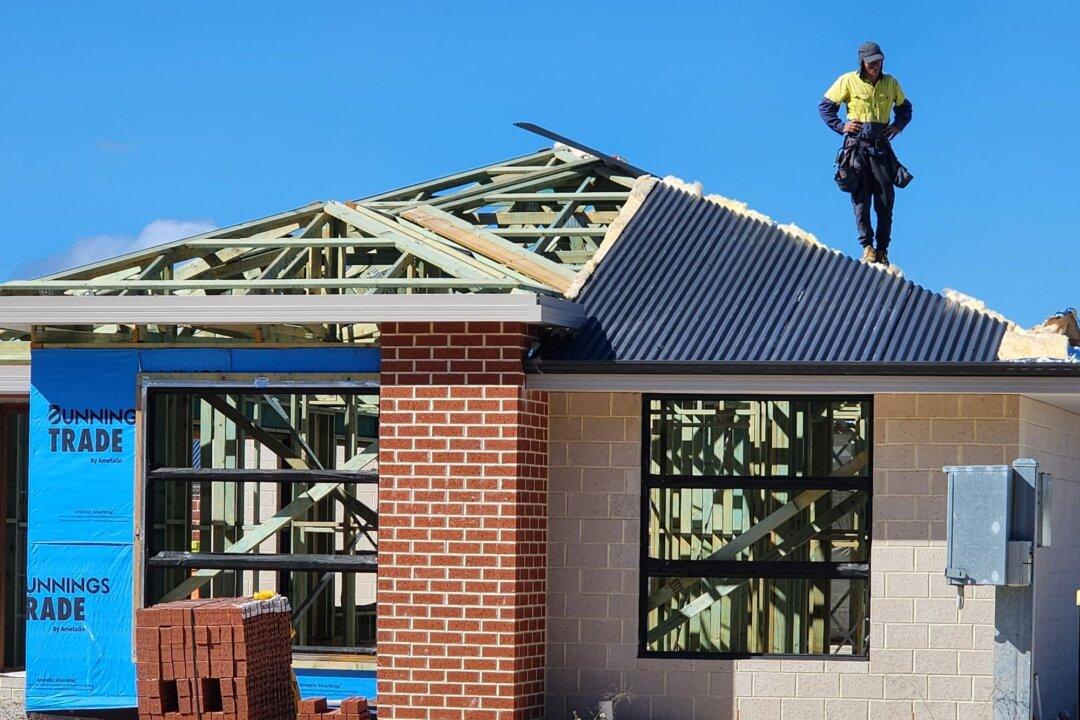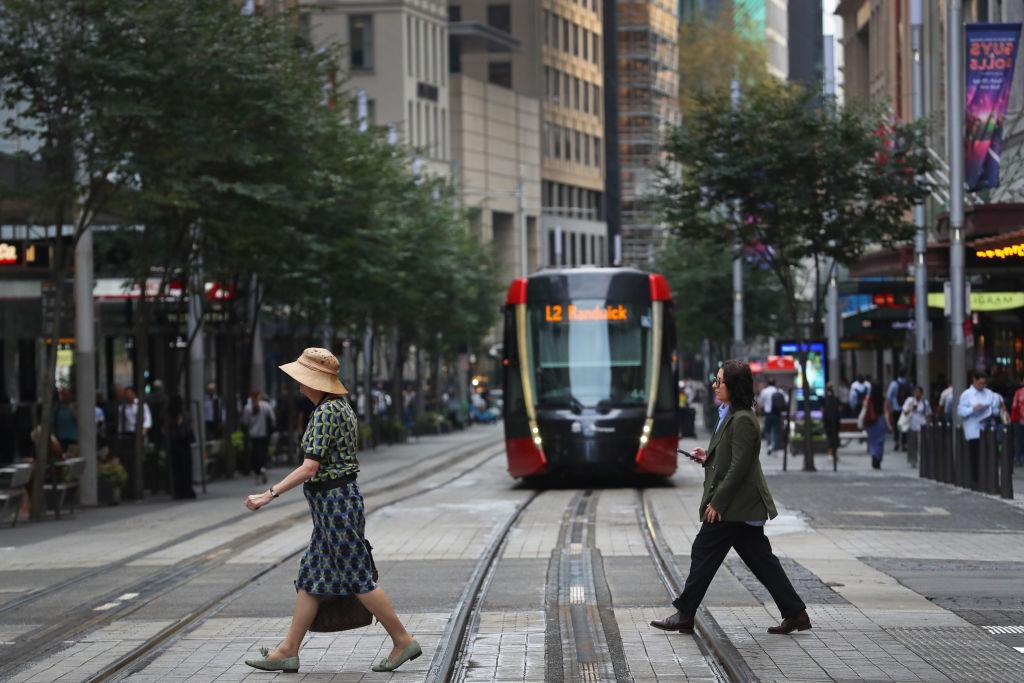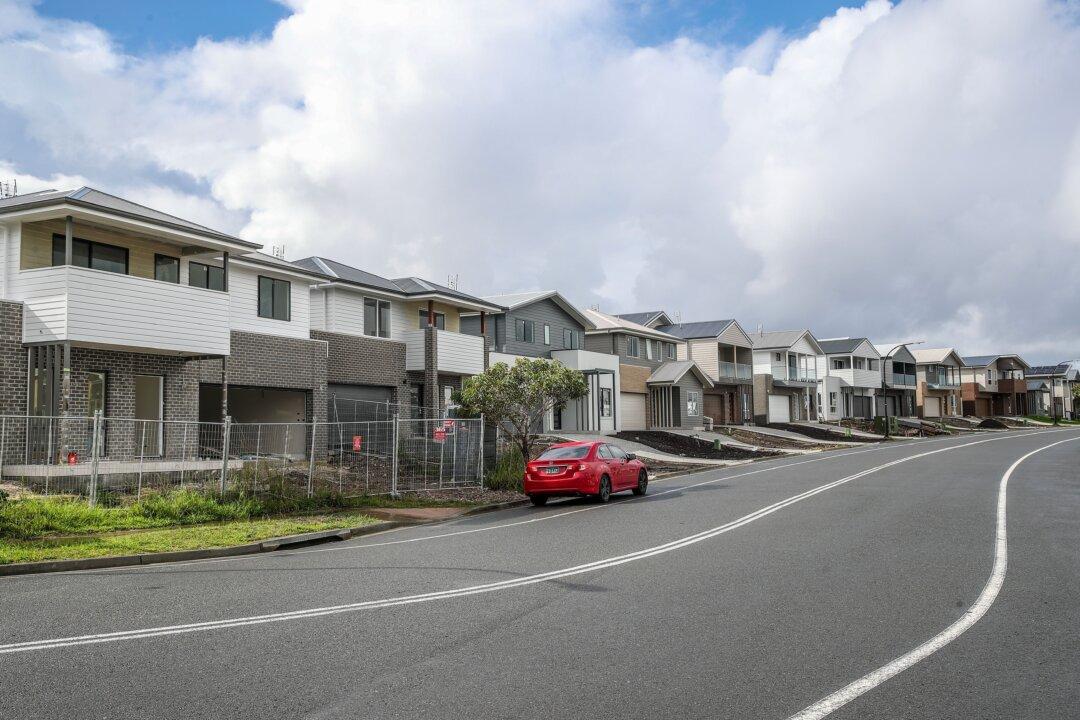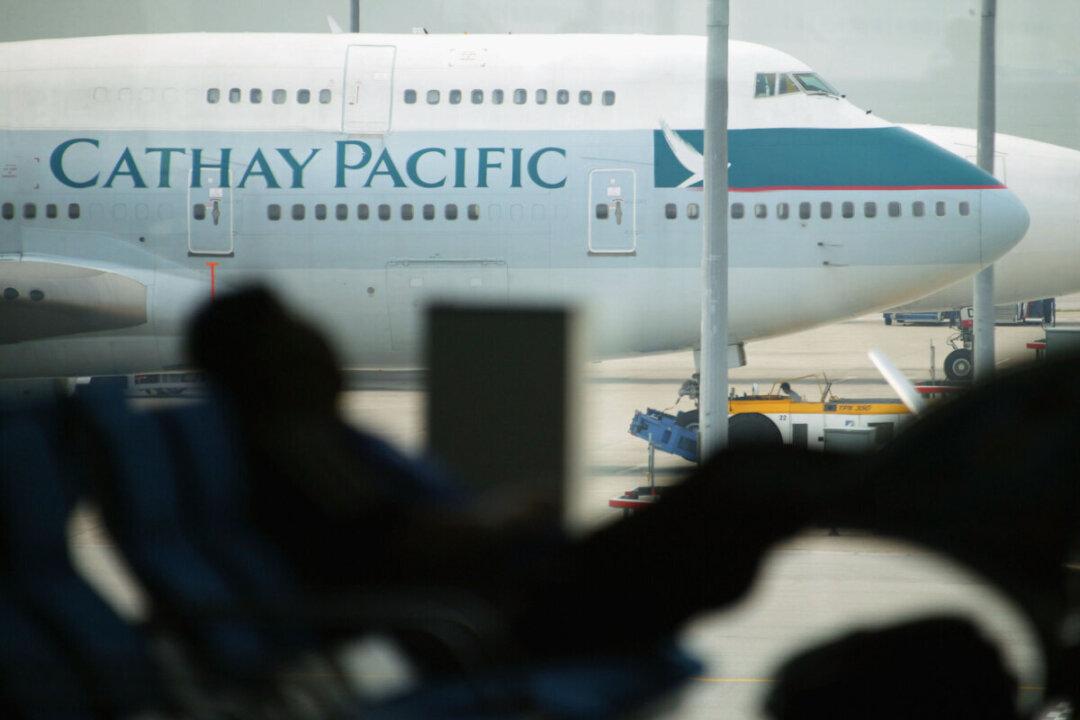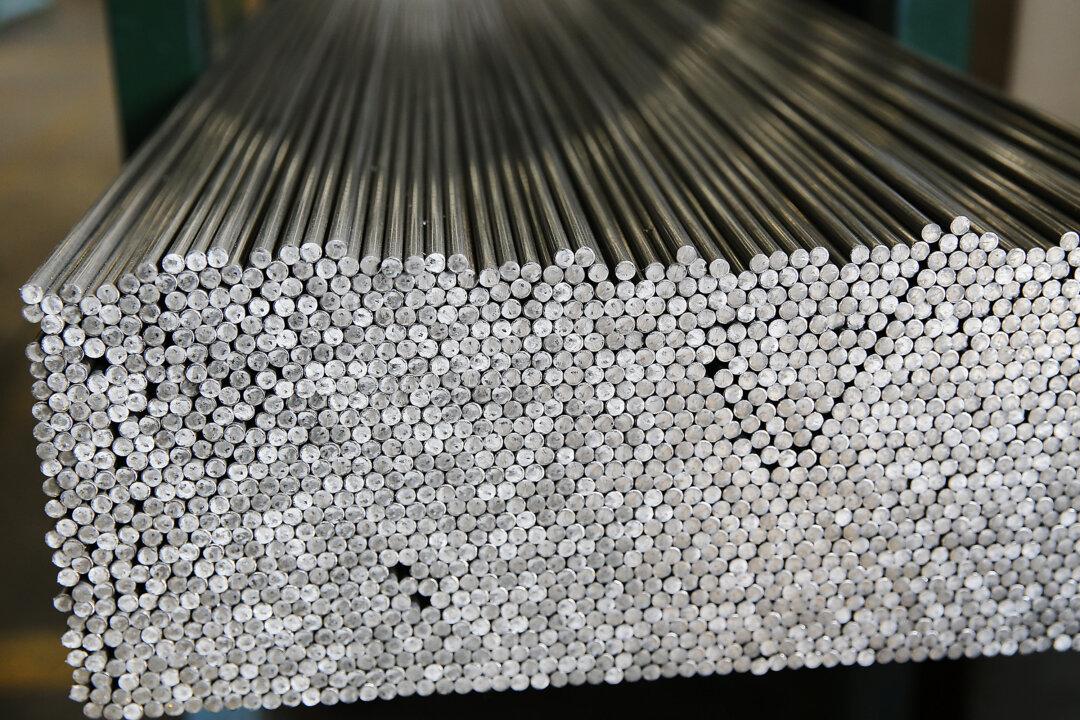New loan commitments for housing rose year over year in June, with investor lending growth outpacing owner-occupier growth, Australian Bureau of Statistics (ABS) data showed.
According to the ABS, total new housing loan commitments rose 19.1 percent to $29.2 billion, with loan commitments for investor housing surging 30.2 percent to $11.0 billion.
